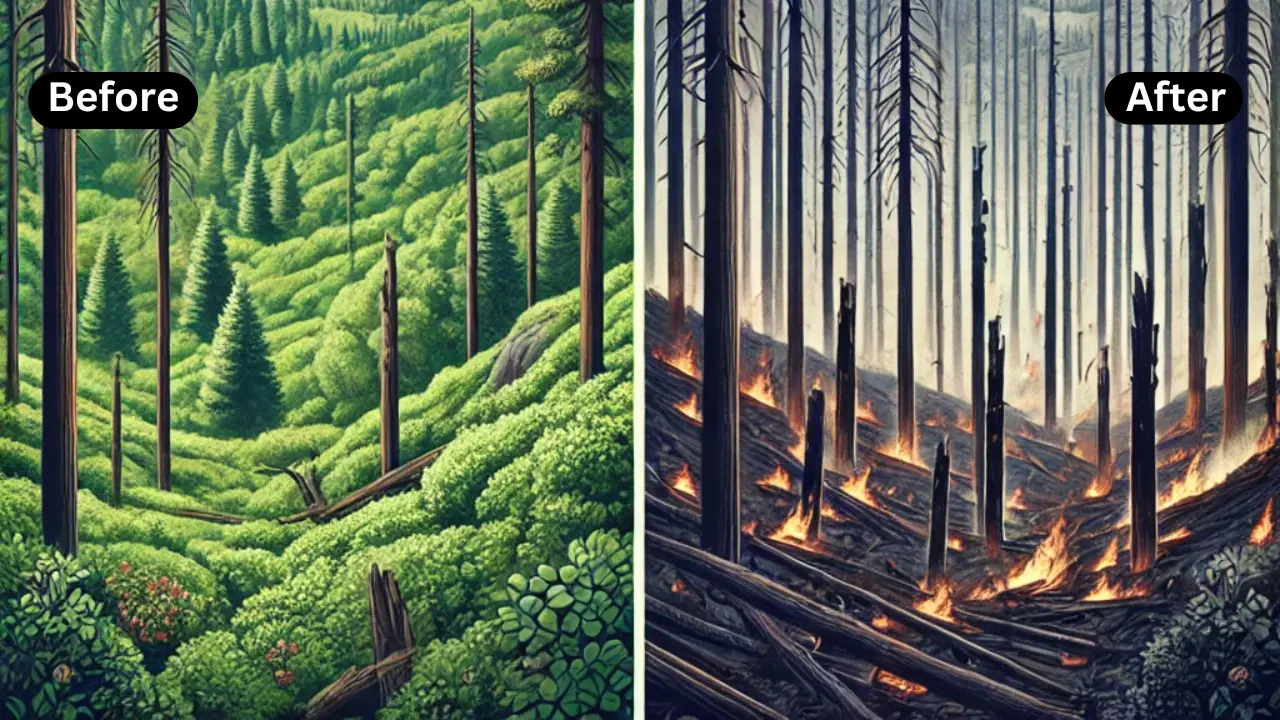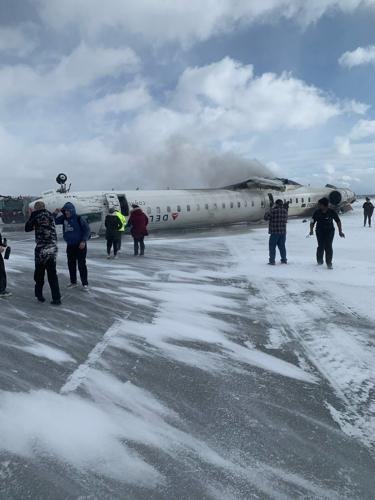What Is The Palisades Fire? – The Palisades Fire refers to a wildfire that broke out in the Palisades region of Southern California. Known for its picturesque scenery, the Palisades area features rugged hills, dense vegetation, and close proximity to urban areas, making it vulnerable to wildfires, especially during dry and windy conditions. Wildfires in this region can pose significant threats to people, wildlife, and property.
Causes of the Palisades Fire
Wildfires like the Palisades Fire typically occur due to a combination of natural and human-made factors. Some of the common causes include:
- Dry Weather Conditions: Extended periods of drought dry out vegetation, turning it into fuel for fires.
- Strong Winds: High winds can spread flames quickly, making it difficult for firefighters to contain the fire.
- Human Activities: Campfires left unattended, discarded cigarettes, or even deliberate acts of arson can spark wildfires.
- Natural Events: Lightning strikes, although less common in Southern California, can ignite fires in dry vegetation.
In the case of the Palisades Fire, investigators often determine whether human activity or natural causes were responsible. This fire highlighted the need for greater awareness and preventative measures to reduce wildfire risks.

Impacts of the Palisades Fire
The effects of the Palisades Fire are wide-ranging and often devastating. Here are some of the key impacts:
- Environmental Damage: Wildfires destroy trees, plants, and habitats for animals. The smoke and ash can also pollute the air and water sources.
- Threat to Human Life and Property: Wildfires endanger residents, destroy homes, and disrupt communities. Emergency evacuations are often necessary to save lives.
- Economic Costs: The cost of firefighting efforts, property damage, and recovery can run into millions of dollars.
- Health Hazards: Smoke from the fire can cause respiratory problems, particularly for those with asthma or other pre-existing conditions.

Response and Prevention
When a wildfire like the Palisades Fire occurs, quick action is essential. Firefighters work tirelessly to contain the flames, often employing helicopters, fire retardants, and controlled burns. Emergency services coordinate evacuations and provide support to affected communities.
Preventing wildfires requires a combination of public awareness, policy measures, and community efforts. Here are some tips to help prevent fires:
- Clear Brush and Debris: Maintain a safe zone around homes by removing dry vegetation and flammable materials.
- Follow Fire Regulations: Adhere to fire bans and restrictions, especially during high-risk seasons.
- Report Suspicious Activities: If you see someone behaving irresponsibly with fire, report it immediately.
- Be Prepared: Have an emergency plan and kit ready in case of evacuation.
Lessons from the Palisades Fire
The Palisades Fire serves as a reminder of the increasing risks posed by wildfires due to climate change. Rising temperatures and prolonged droughts mean that such events are likely to become more frequent and severe. It underscores the importance of:
- Supporting policies aimed at reducing greenhouse gas emissions.
- Investing in firefighting resources and technologies.
- Educating communities about fire safety and prevention.

Conclusion
The Palisades Fire is a stark example of how vulnerable regions like Southern California are to wildfires. By understanding its causes, impacts, and the importance of preventative measures, we can work together to minimize the risks and protect lives, property, and the environment. While nature plays a role in these fires, human actions can make a significant difference in reducing their occurrence and severity. Let’s stay vigilant and proactive to safeguard our communities and the natural beauty of areas like the Palisades.
You May Also Like This: Canadian Prime Minister Justin Trudeau announced his resignation
You May Also Like: Blizzard Warning Issued as Winter Storm Blair Threatens Millions Across the U.S.








